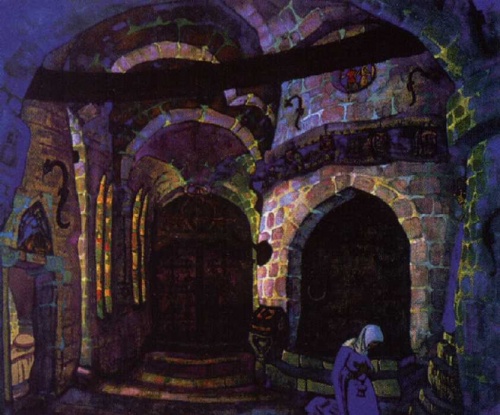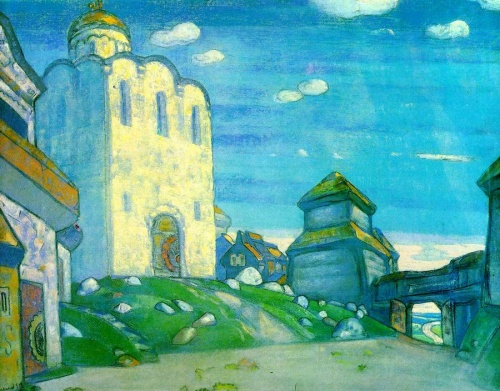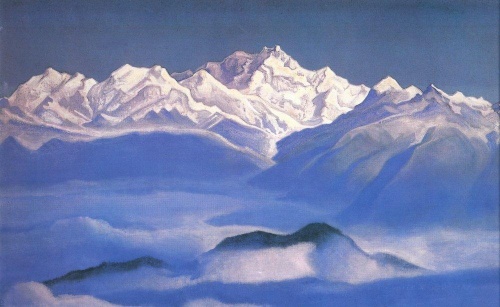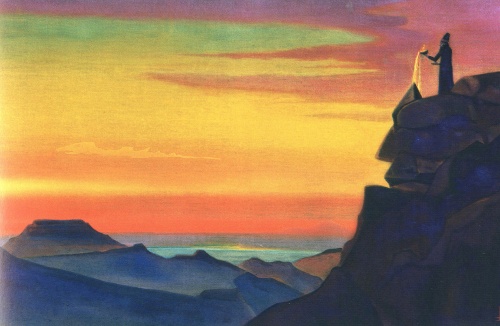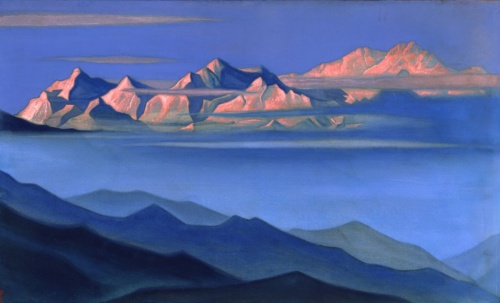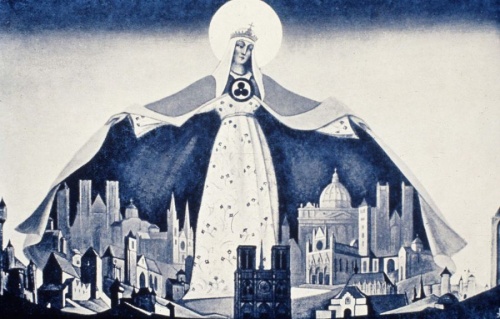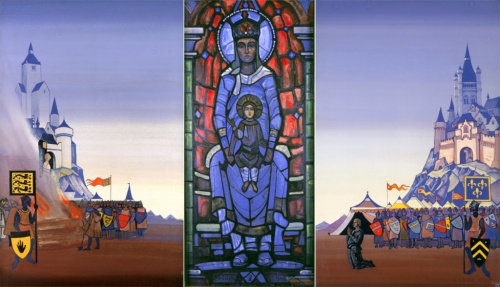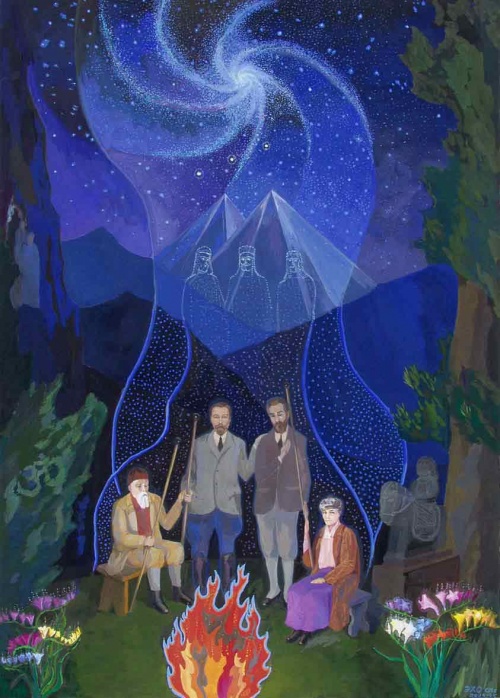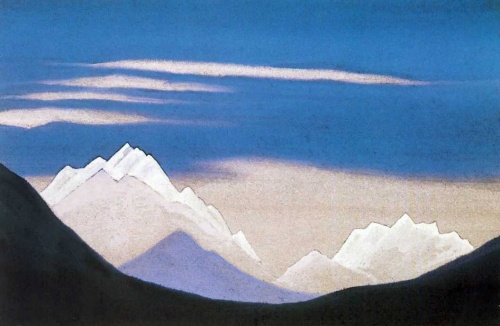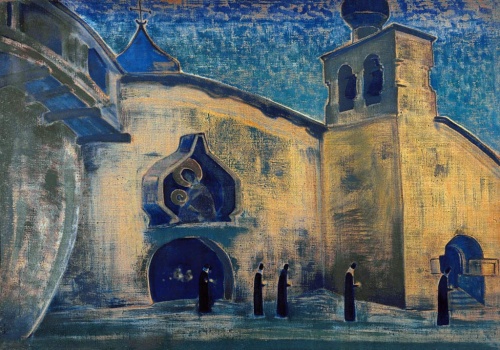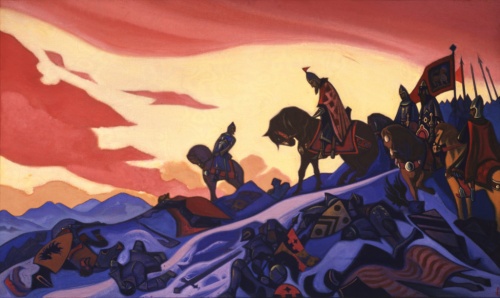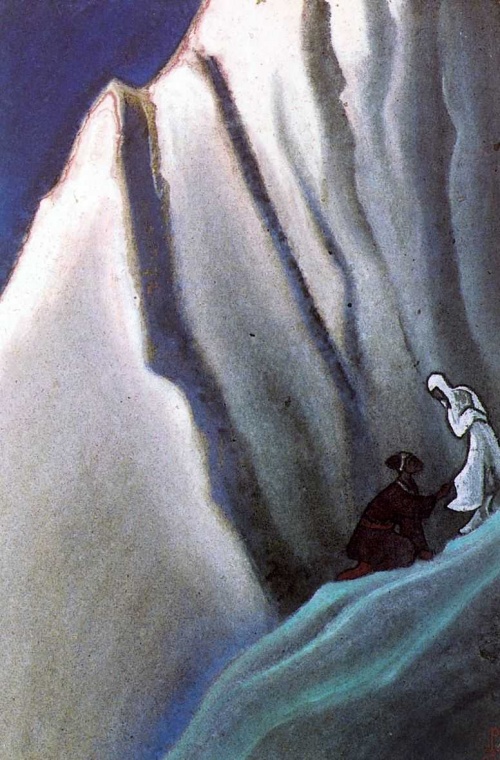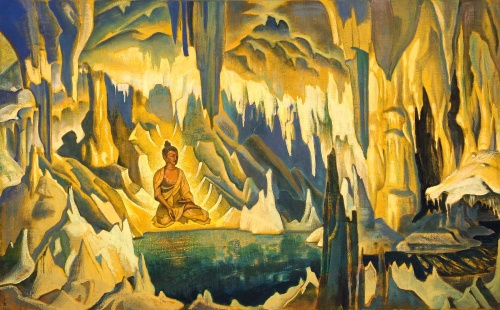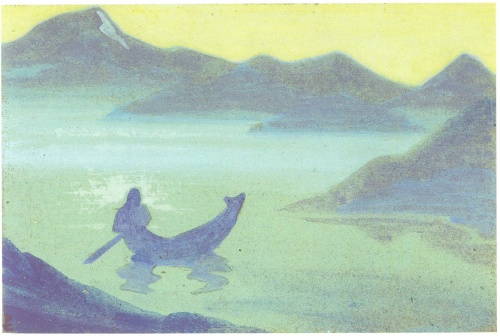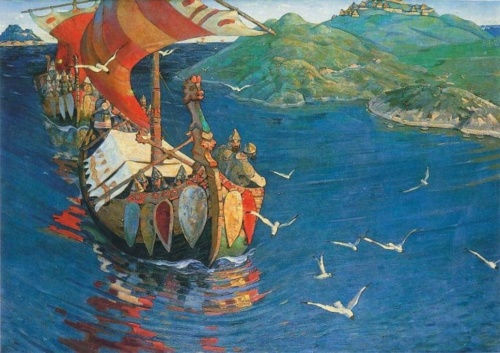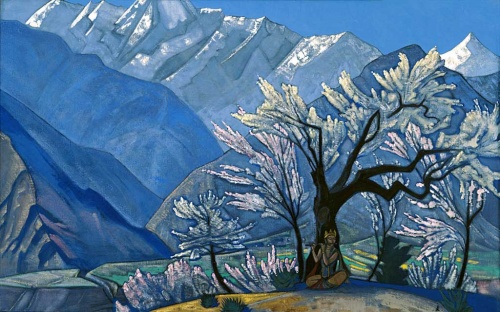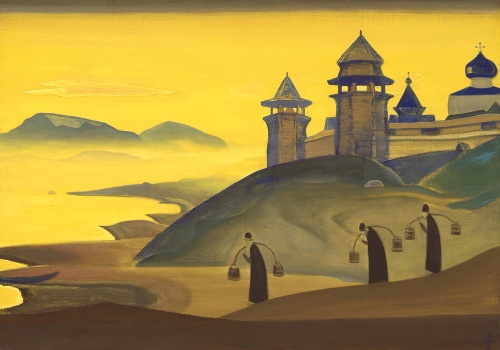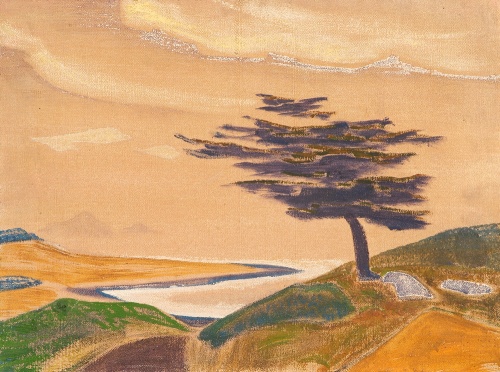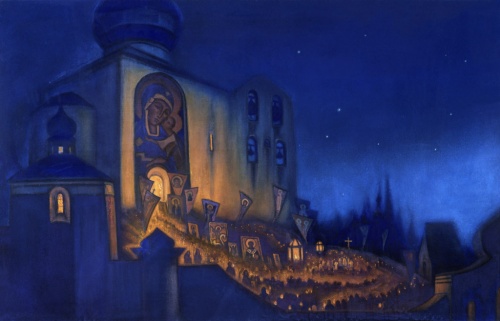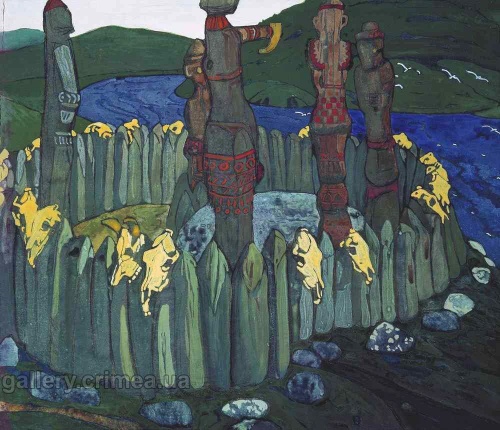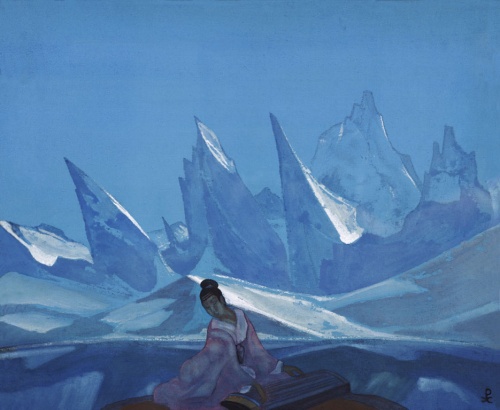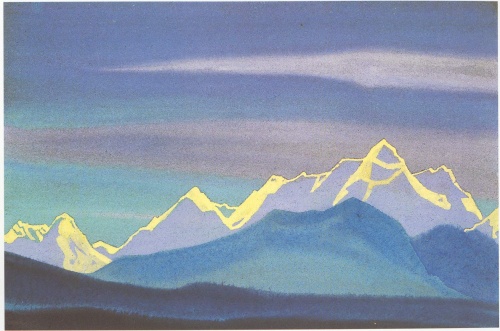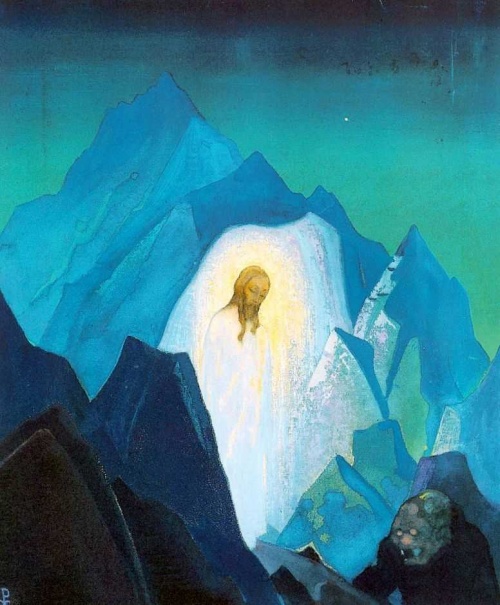Roerich Nicholas Konstantinovich (63 works)
Разрешение картинок от 360x197px до 1900x1305px
Roerich Nikolai Konstantinovich (1874 - 12/13/1947)
Russian painter, theater artist, archaeologist, traveler, writer, mystic philosopher. One of the brightest and most popular masters of Russian symbolism and modernism, a legendary man.
Member of the World of Art. Since the 1920s he lived in India. Emotional, colorful and decorative compositions inspired by the history of Ancient Rus' (“Messenger”, 1897), Indian and Tibetan nature and mythology (“Remember”, 1945). Roerich viewed history and nature as a process of a single “cosmic evolution”. In 1924-1928, together with Yu.N. Roerich, and in 1934-1935, he made expeditions to India, China, Mongolia and other countries of Central and East Asia (books “The Heart of Asia”, 1929, “Gateways to the Future”, 1936). Initiator of the movement for the protection of cultural monuments (in 1954 the International Roerich Pact for the Protection of Cultural Property was concluded); founded the Institute of Himalayan Studies in Nigar - “Urusvati” (1929-42; together with Yu.N. Roerich). Collection of poems “Flowers of Moria”, 1921; prose books of an essayistic and diary nature: “Paths of Blessing”, 1924, “Fiery Stronghold”, 1932, “Indestructible”, 1936, “Altai-Himalayas”, in Russian - 1974. The International Center of the Roerichs was created in Moscow (1992; transformed from Soviet Roerich Fund).
Born into the family of a notary. He studied at the Academy of Arts (1893-1897) with A.I. Kuindzhi, as well as in the studio of F. Cormon in Paris (1900-1901). He was a member of the World of Art association, serving as its chairman in 1910-1918.
At the turn of the century, he was actively involved in the archaeological study of Slavic and Finno-Ugric antiquities in the St. Petersburg, Novgorod, Pskov, Tver, and Yaroslavl provinces. In 1899–1904 he wrote a large cycle of architectural and historical pictorial sketches of Pskov, Rostov the Great, Smolensk, Izborsk and other Russian cities; in the national romance of these images, with his colorful modeling soulfully recreating the texture of ancient landscapes and buildings, he organically combined archeology with art. The protection of ancient monuments becomes for him a pressing philosophical problem, providing a correct historical perspective, “the search for a future life” (as he writes in the essay “Icons”, 1910).
In the historical paintings of the young master [“Messenger” (“Rise of clan to clan”), 1897; “Overseas Guests”, 1901; “The City is being Built,” 1902; "Fight", 1906; all - Tretyakov Gallery] the palette becomes brighter over time, episodes of the past are transformed into the likes of symbolic revelations about the fate of world cultures, revealing their common archaic roots. Historical development increasingly appears as a chain of universal cataclysms (“Heavenly Battle”, 1912, Russian Museum, where the menacing play of heavy clouds seems to duplicate the battle on earth), the focus of images often becomes the legendary figures of heroes and saints (“Panteleimon the Healer”, 1916 , Tretyakov Gallery; “Three Joys”, 1916, Russian Museum).
The artist fruitfully embodies his enchanting colorful visions in scenography (design of performances: “Peer Gynt” by G. Ibsen (1912, at the Moscow Art Theater), “Tristan and Isolde” by R. Wagner (1912, unrealized production), “The Rite of Spring” and .F. Stravinsky (1913, enterprise of S.P. Diaghilev in Paris), “Prince Igor” by A.P. Borodin (1914, enterprise of Diaghilev in London).During this period, Roerich also actively worked in monumental and decorative art, becoming one of the most prominent representatives of "church modernity", updating traditional Byzantine iconography. However, his largest monumental works are the paintings of the Church of the Holy Spirit in Talashkino near Smolensk (1911-14, with the composition "Queen of Heaven on the Bank of the River of Life", where the master combined Christian and ancient pagan natural symbols), as well as the panels “The Battle of Kerzhenets” and “The Conquest of Kazan” for the Kazansky railway station in Moscow (1915-16) have not survived.
